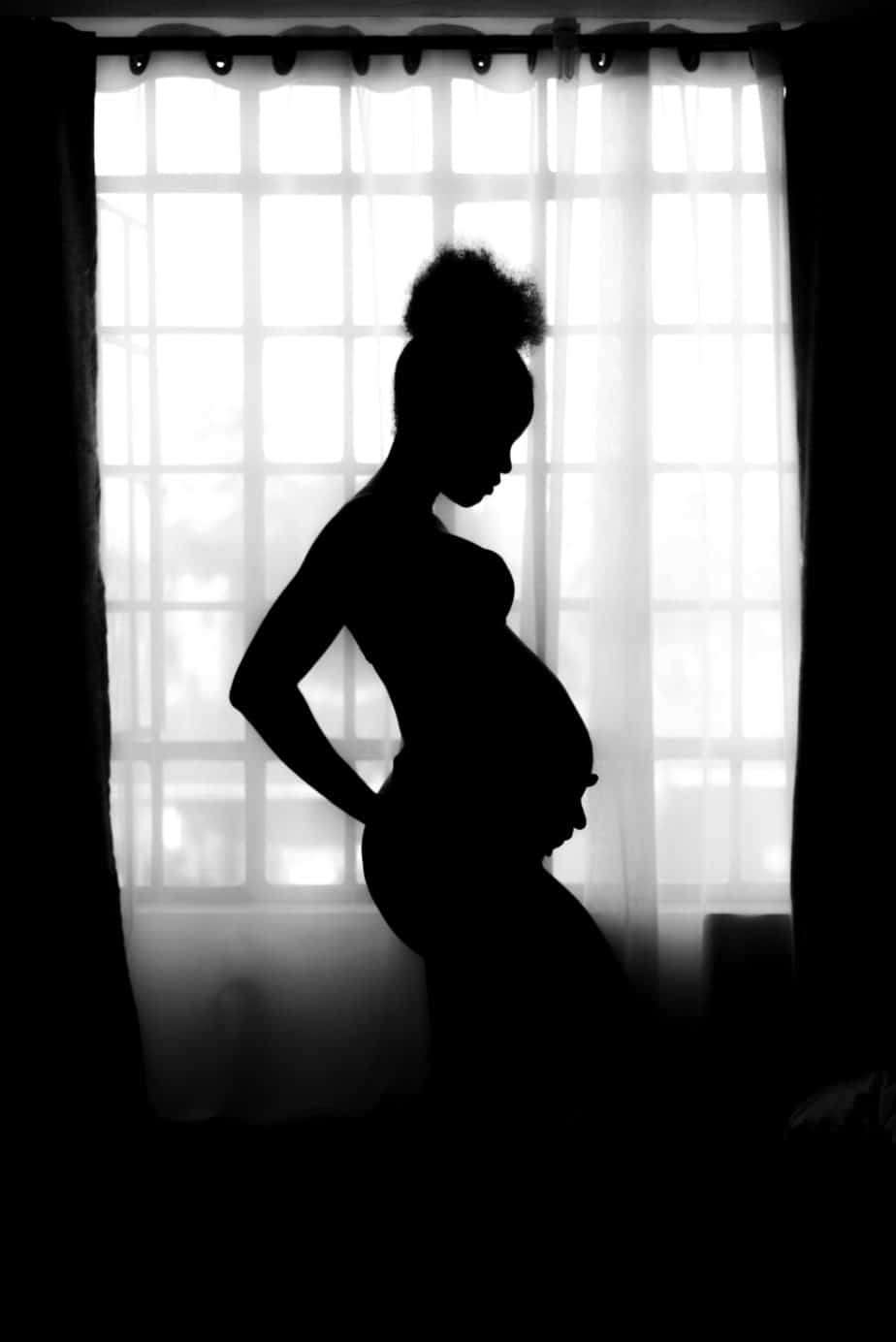The Psychosocial Factors of Male Pelvic Pain

Male pelvic pain is a complex and multifactorial condition that poses a challenge for healthcare professionals to fully comprehend when approached by one sector within healthcare. One crucial aspect that can impact the experience of pelvic pain is the psychosocial factor.
What are internal factors associated with male pelvic pain?
Several internal factors can affect the experience of pelvic pain, such as sexual orientation and practices. While sexual practices and pleasure are unique to each individual, some activities may carry the risk of injury.
Attitudes are also an essential internal factor in the experience of pelvic pain. A recent Scandinavian study has explored the relationship between men’s attitudes towards pelvic pain and their pain experiences. The study found that men with pelvic pain have higher levels of catastrophizing, anxiety, and premature ejaculation compared to those without pelvic pain. The study also found that men with higher pain intensity had significantly higher levels of catastrophizing, anxiety, and depressive symptoms than those with lower pain intensity (Edvinsson et al., 2022).
Perceptions are another internal factor that can influence the experience of pelvic pain. Feelings of helplessness and decreased self-efficacy can worsen pain perception.
What about external factors?
External factors that can influence the experience of pelvic pain include partner(s), intimacy, history of abuse or trauma, and lifestyle. Support from partners can significantly improve an individual’s experience of pelvic pain. However, false representations of male performance and intimacy in pornography can create unrealistic expectations that can exacerbate pelvic pain.
Traumatic experiences, such as abuse or trauma, can also have a lasting impact on the mind and body. Consulting a mental health therapist to address these experiences can help reduce stressors and relieve pain.
Finally, lifestyle factors such as occupation, hobbies, diet, and physical activity can influence pelvic pain. Taking the time to address these factors and manage stress can significantly reduce the frequency and intensity of pelvic pain.
Male pelvic pain is a challenging condition that can significantly impact an individual’s quality of life. It is essential to consider the psycho-social aspects of pain to better manage it and improve function.
How does pelvic health physical therapy play a role?
Internal factors can influence physical experiences of pelvic pain. Male pelvic pain management often requires a multi-disciplinary approach. The role of pelvic health physical therapy is to manage the physical symptoms including pain, muscle tightness, muscle weakness, muscle imbalances and in-coordination, myofascial restrictions, poor posture/alignment, etc.
Body Harmony Physical Therapy provides one on one treatment with trained professionals to assess and manage male pelvic pain. Our treatment times are for one hour in a private treatment booth. We often liaise with other medical professionals to ensure a comprehensive well rounded plan of care is created to help clients meet their health goals.







